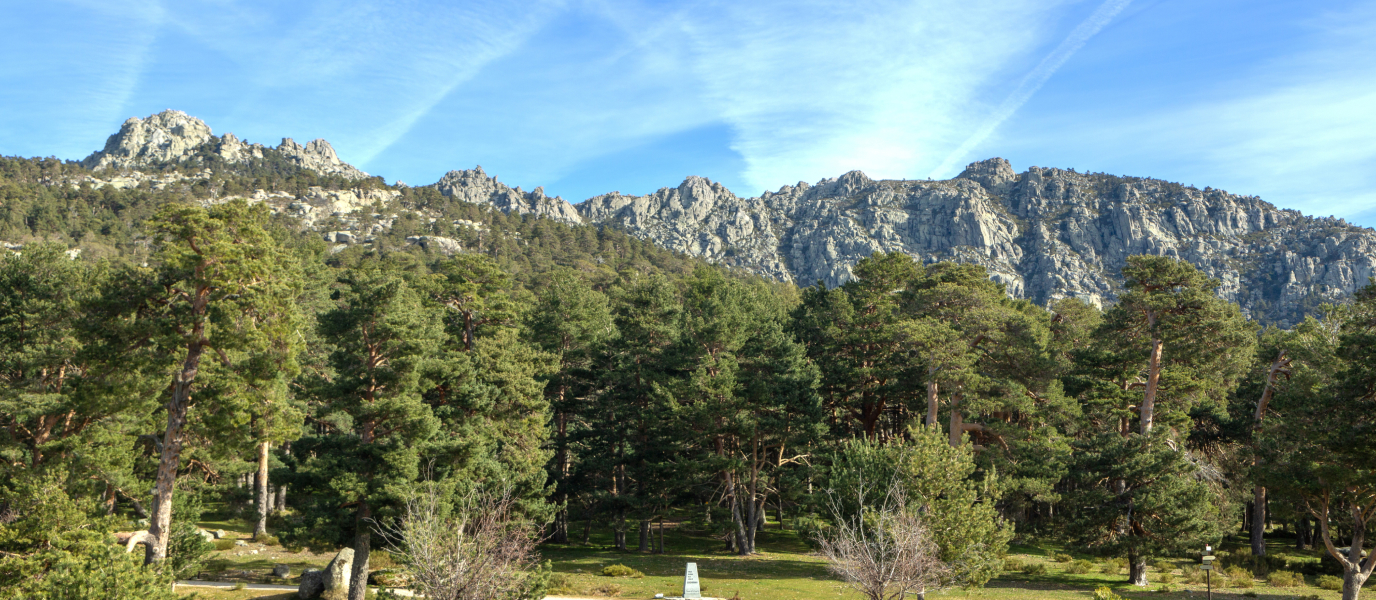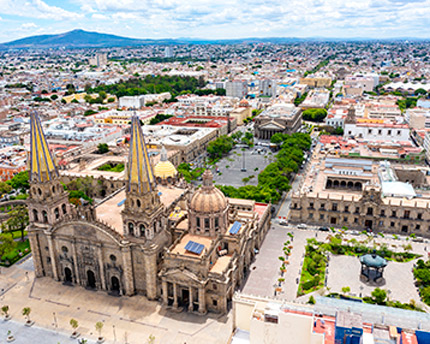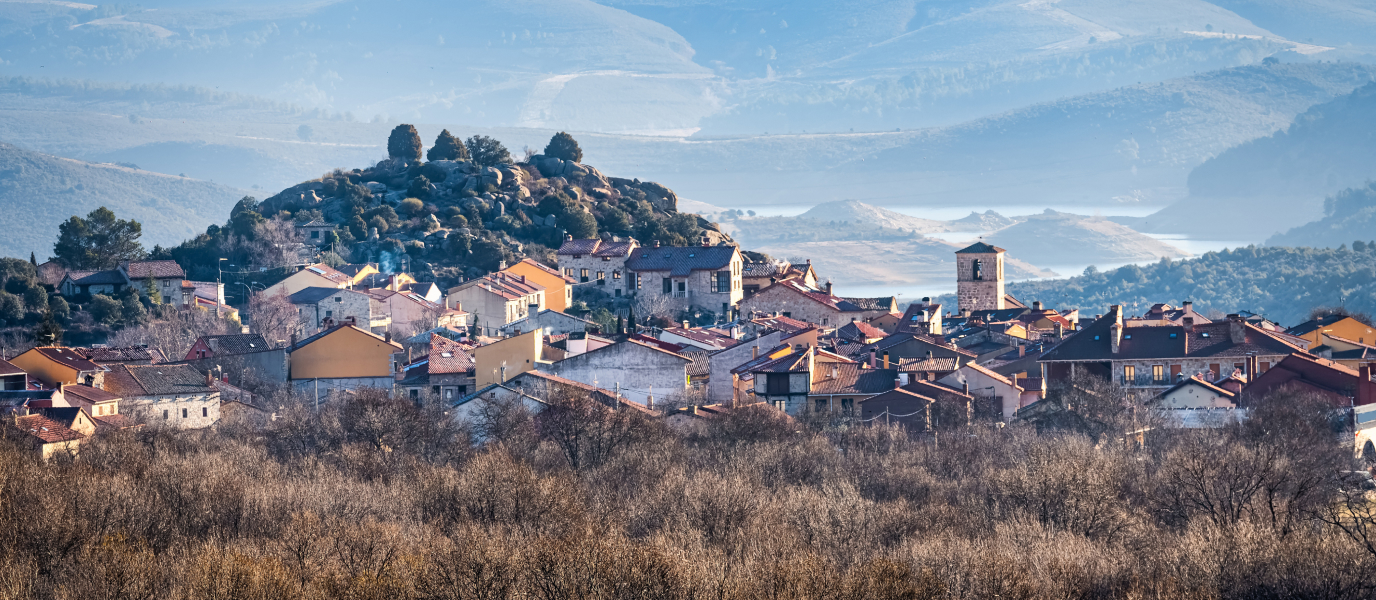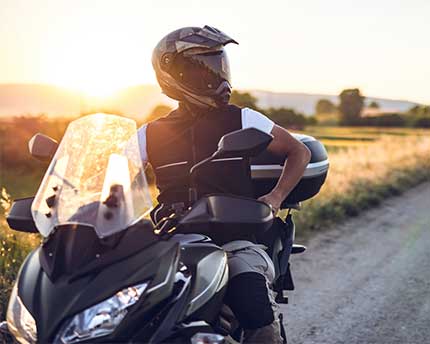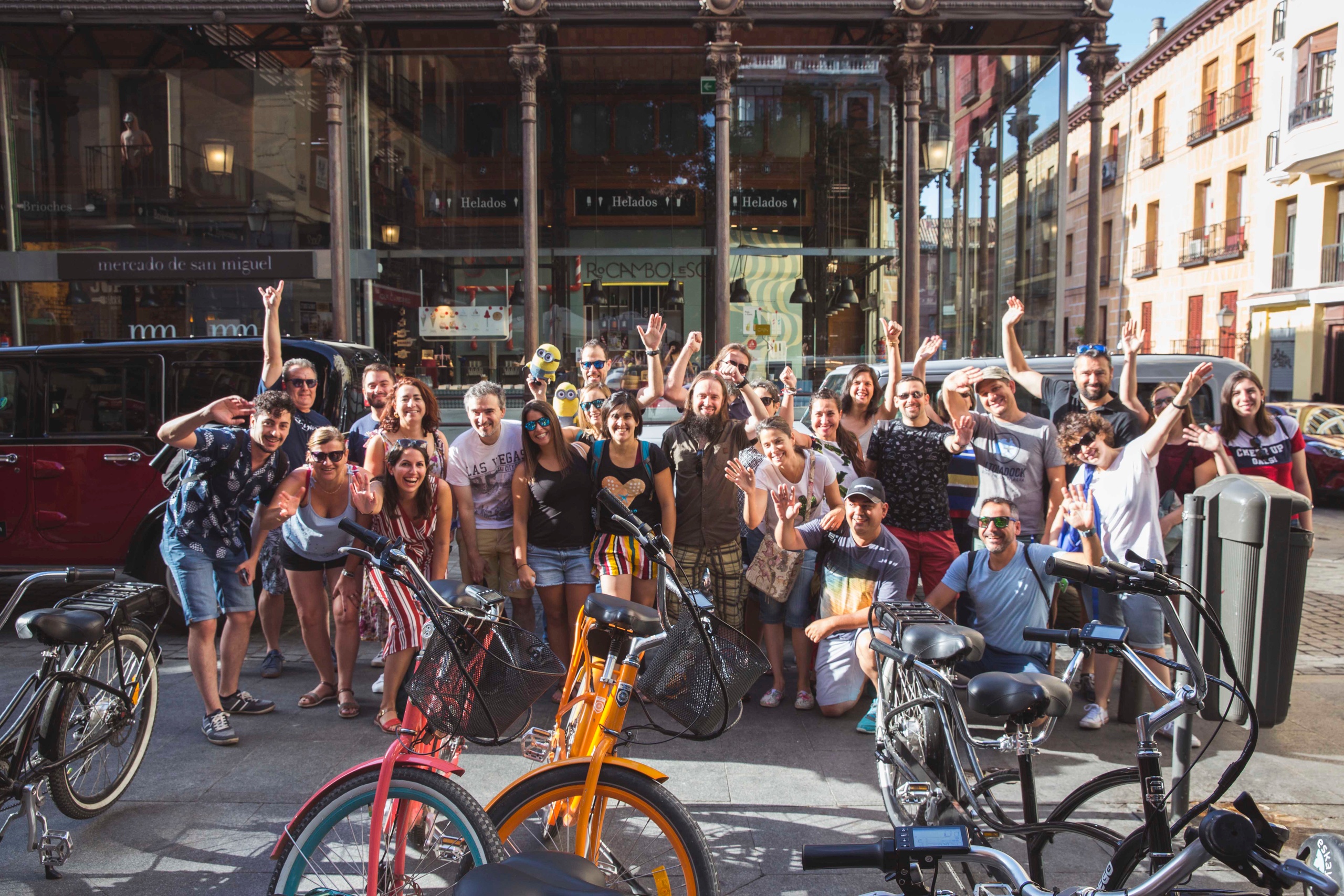Cercedilla is the gateway to a multitude of excursions in the Sierra de Guadarrama National Park. Surrounded by the Siete Picos [Seven Peaks] that have an altitude of approximately 2,000 metres, visiting this area means going deep into the heart of a mountain village that is the departure point of the oldest Roman road in Madrid.
The Roman road dates back to the age of Vespasian in first century A.D. and represents the largest and best conserved Roman remains in the Madrid Autonomous Region alongside four nearby bridges: Puente del Molino, Puente de la Venta, Puente de en Medio and Puente del Descalzo, where the visible remains of the road start. You can follow the Roman road uphill but remember to wear good shoes because the stones are worn out.
The Fuenfría route, which has one of the largest Scots pine populations in the central massif, has been used by everyone from kings on route to La Granja to highwaymen. It has also been frequented by famous characters from Spanish literature such as Quevedo’s El Buscón, who spent a night at the Cercedilla inn on his way to Segovia and Cervantes’ Rinconete, who was born here. It’s with good reason that Cercedilla has been popular with illustrious residents such as Luis Rosales, Joaquín Sorolla and, at even earlier date, Juan Ruiz, the Archpriest of Hita.
What to see in Cercedilla
Cercedilla is a mountain village of narrow, winding streets. Its main square is lined on one side by the Town Hall and, on another, the old school building topped by a bell tower. As you wander its streets, you’ll discover the typical architecture of the village’s summer residences with their slate roofs, plus nineteenth-century constructions such as the summer camps, railway station, power station, Fuenfría clinic and bullring. The village enjoys a lively cultural life due to the fact that some of its buildings have been converted for artistic use, such as the old slaughterhouse, or the building that now houses the Joaquín Sorolla cultural centre.
The church of San Sebastián at the highest part of the historic centre dates from late twelfth century and is a fine example of the late Romanesque. Its oldest features are the segmented baptismal font in the baptistery and the lower section of the tower.
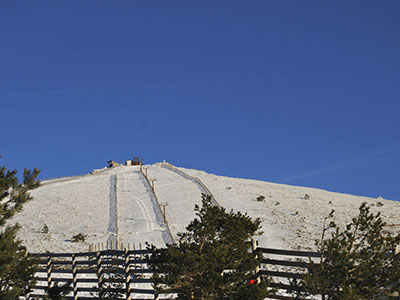
The Nature Train
Visitors can travel to Cercedilla by train and the station is a meeting point for day trippers and young people who come here to hike in the Sierra de Guadarrama.
An activity known as the Tren de la Naturaleza [Nature Train] is organised during the summer and it begins in an old electric train wagon that has been converted into a film screening room in Cercedilla station. Once you’ve appreciated the importance of the Sierra de Guadarrama National Park, you take a forty-minute train ride through Navacerrada and Cotos in a narrow-gauge train with a guide. When you reach Cotos, you follow a guided hiking route to spot different species of fauna and flora.
The C9 train from Cercedilla to Cotos runs all year round, although without on-board guides to explain your surroundings. It’s a stunning journey that attracts lots of visitors so it’s a good idea to purchase tickets in advance to ensure you get a seat and can cross the mountain while enjoying the spectacular landscape from the train. If you’re travelling from Madrid, it makes financial sense to buy a one-day tourist ticket but either way, you need to go to the ticket office to book your seat or you won’t be able to travel.
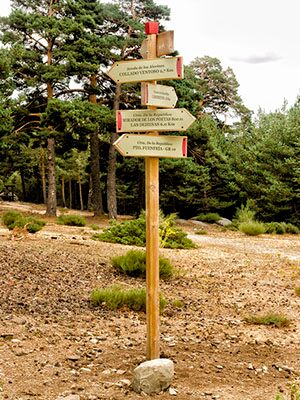
Fuenfría valley and the Roman road
Fuenfría valley starts to the north of Cercedilla and was historically a route for communicating with the plateau; today it’s one of the most beautiful points in the Madrid mountains, surrounded by towering Scots pines that are home to squirrels, roe deer and wild boar. If you follow a route here you might also spot other tree species such as oak, black poplar, holly, broom, yew, mountain ash, juniper and heather. The Puente del Descalzo Roman bridge is a reference point for hikers and mountain-bike enthusiasts because it’s the start of the Roman road that runs from Las Dehesas de Cercedilla, a recreation ground with a meadow and picnic tables.
You could choose the Carretera de la República or a forest track leading to campsites—in truth there are several clearly signposted paths through the valley such as the Puricelli path, the Roman road itself, the route up to the Majalasna peak, the viewpoints, the Calle Alta and the stretch of the GR-10. One way of visiting it is to discover the 12 springs that emerge along the route.
Adventure among the pine trees
At Las Dehesas de Cercedilla you can go wild at one of the best adventure and zip-line parks in the Madrid Autonomous Region where there are over 105 games and six different circuits. If it’s your first time, you can practice before you get started in one of the three beginner’s areas under the supervision of monitors. There are specific routes for children over six and the bravest can see if they dare try the X-TREM circuit or the Monkey Jump, a leap into space from a height of 12 metres.
Birthplace of skiing
The Fernández Ochoa family is from Cercedilla so it’s unsurprising that in 2009 the National Sports Council decided to open the Paquito Fernández Ochoa Ski Museum in the village. Here you can see the trophies of the only Spaniard to win a gold medal in skiing at the Winter Olympics (1972) and learn about the evolution of skiing through different historic objects. Entry to the museum is free on Saturdays and Sundays.





























































